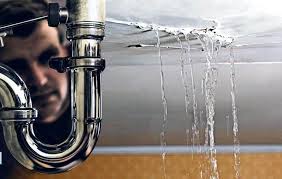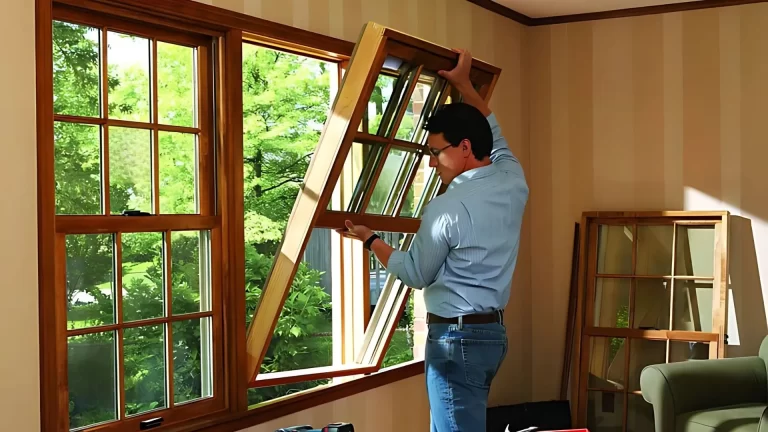
Plumbing
Plumbing issues can sneak up on us without much warning. One day, everything seems fine; the next, you notice damp walls or an unusual puddle forming in the yard. These seemingly small signs often point to a larger issue hiding behind the walls or beneath the ground.
Catching these problems early can save you significant costs, prevent structural damage, and avoid the stress of a large repair. Regarding a plumbing leak, being proactive can make all the difference. Minor leaks can escalate quickly, leading to costly water damage or mold growth if left untreated. Here are some of the easiest ways to spot a leak before it becomes a severe problem.
Listen for Unusual Sounds
One of the first indicators of a hidden leak is the sound of running water when nothing is in use. If you hear a faint hissing or trickling sound in your walls, especially at night when the house is quiet, it might signal that water leaks through your pipes. This noise often goes unnoticed during the day, but if you catch it, it’s worth investigating.
Monitor Your Water Bill
Water bills can be a subtle indicator of problems within your plumbing system. If you notice an unexpected spike in your water costs, it’s worth digging deeper. Small leaks may not seem like much, but over time, they can waste a surprising amount of water and raise your bill. Comparing your current bill to previous months or the same month of the prior year can help you spot an unexplained increase.
Check for Damp or Discolored Walls and Ceilings
Another major red flag is damp spots or discoloration on walls or ceilings, particularly in rooms with plumbing, such as bathrooms, kitchens, or laundry rooms. A leaking pipe behind a wall can cause water to seep through and create patches of discolouration or dampness. If you spot any unusual marks on your walls, check them for dampness. These spots can be early warning signs, and addressing them quickly can prevent the need for major repairs down the line.
Test Water Pressure in Various Faucets
Weak water pressure is often a hidden clue that something is wrong with the pipes. If you notice that certain faucets or showerheads deliver a reduced water flow compared to others, it might mean a leak somewhere in the system. Sometimes, debris buildup can also reduce water pressure, so clean faucet aerators and showerheads. If the low pressure persists, a leak could be the culprit.
Inspect Your Yard for Unusual Puddles or Wet Spots
A plumbing leak isn’t always confined to the inside of your home. Underground leaks can be just as problematic and more difficult to detect. Monitor your yard, especially near main water lines or sewer pipes. If you see unexplained wet patches, puddles, or sections of grass that seem overly lush, it could be due to a leak in an underground pipe. Noticing this early can help you avoid costly excavation and landscaping work.
When to Call a Professional
While some leaks are easy to detect and address, others might be hidden too deep or complex for a DIY fix. If you’ve noticed any of the signs above but can’t locate the source, or if the issue seems extensive, it may be time to look for expert plumbers near you to ensure the problem is resolved thoroughly. A licensed plumber has specialized tools and knowledge to pinpoint leaks with minimal disruption, helping preserve your home’s integrity.
Early detection of a plumbing leak is essential for maintaining the health and safety of your home. You can catch small leaks by staying vigilant and acting on warning signs before they escalate into expensive repairs or water damage. Whether through simple DIY checks or by seeking professional help, you can keep your plumbing in good condition and your home dry and comfortable.
Write and Win: Participate in Creative writing Contest & International Essay Contest and win fabulous prizes.


